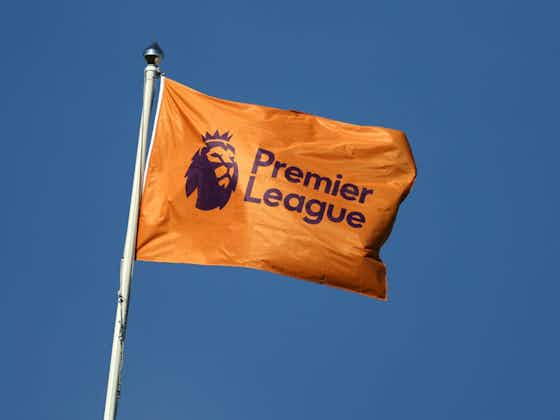EPL Index
·25 April 2024
Spending Cap Proposal Shakes Premier League

EPL Index
·25 April 2024

The Premier League’s latest proposal to introduce a spending cap based on the income of the league’s lowest-earning club is a bold step towards financial parity and competitive balance. As reported by Matt Slater in The Athletic, the Premier League is on the verge of voting on a new “squad cost” rule that would set spending limits tied to a multiple of the income generated from centralised broadcast and commercial deals by the lowest earners.
The so-called “anchoring” concept would fundamentally change how clubs invest in their squads. By capping spending at five times what the lowest earners receive, the league aims to curb the financial disparities that have widened over the years. This initiative follows unanimous support earlier this month from the clubs to move forward with discussions, targeting finalisation at the annual general meeting in June.
Despite the backing for initial talks, the proposal has met with resistance, particularly from financially robust clubs. Notably, Chelsea, Manchester City, and Manchester United have voiced concerns, highlighting potential breaches of UK competition law. “Chelsea, Manchester City and Manchester United have already expressed their concerns about the idea, pointing out it is potentially a breach of UK competition law,” reports Slater.
This divide illustrates the ongoing struggle within the league to balance competition with commercial success. The anchoring approach could limit the ability of top clubs to leverage their financial muscle, fundamentally altering the Premier League’s dynamics.

Photo IMAGO
The introduction of a spending cap could significantly impact the Premier League’s competitive landscape. Last season, if such a cap were in effect, the maximum spending would have been £518 million, a figure surpassed by Chelsea and approached closely by Manchester City. The cap is seen as a mechanism to prevent wealthier clubs from outspending their rivals indefinitely, thus preserving the league’s competitive integrity.
This measure could also resonate beyond England’s borders, offering a model for other leagues grappling with financial disparities. However, the success of this initiative hinges on its acceptance and the practical outcomes once implemented.
For the proposal to advance, it must gain widespread acceptance among various stakeholders, including the Professional Footballers’ Association (PFA). The PFA’s role is crucial, as past attempts to impose caps without thorough consultation have failed. “Any move to set a ceiling on how much money an employer can pay their employees — particularly one not based on that employer’s ability or desire to pay their own staff — is always going to attract the interest of the Professional Footballers’ Association (PFA),” Slater adds.
Moreover, the league requires a two-thirds majority among its clubs to amend its rulebook, a significant hurdle given the current divisions on financial and regulatory issues.
As the Premier League edges closer to a potentially landmark decision, the outcome of Monday’s vote will be pivotal. The proposed spending cap, while controversial, represents a transformative approach to ensuring fairness and competition within one of the world’s most watched sports leagues. The ongoing debates underscore the complex interplay between finance, law, and sports, challenging the stakeholders to find a middle ground that respects both competitive balance and market dynamics.






























































